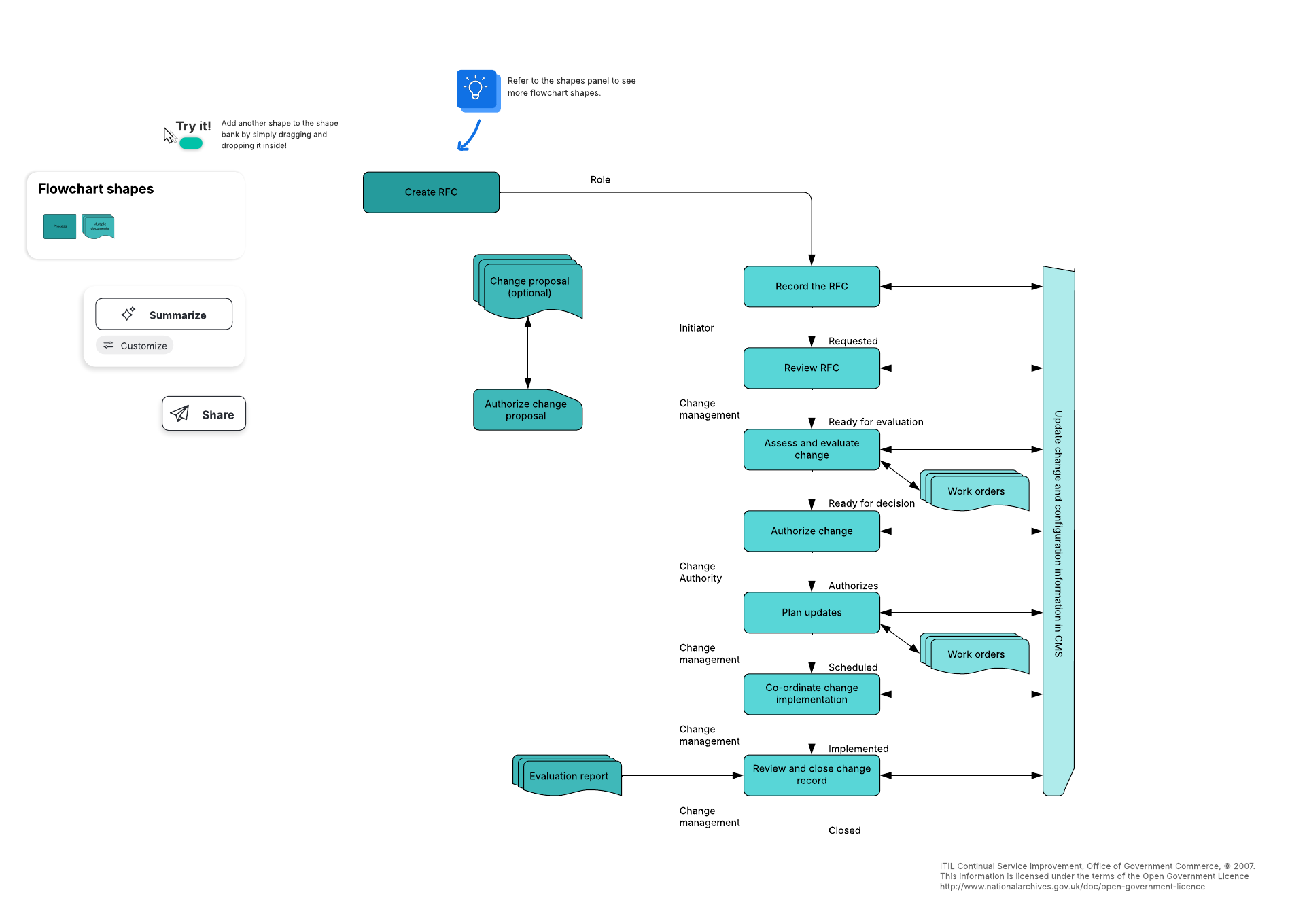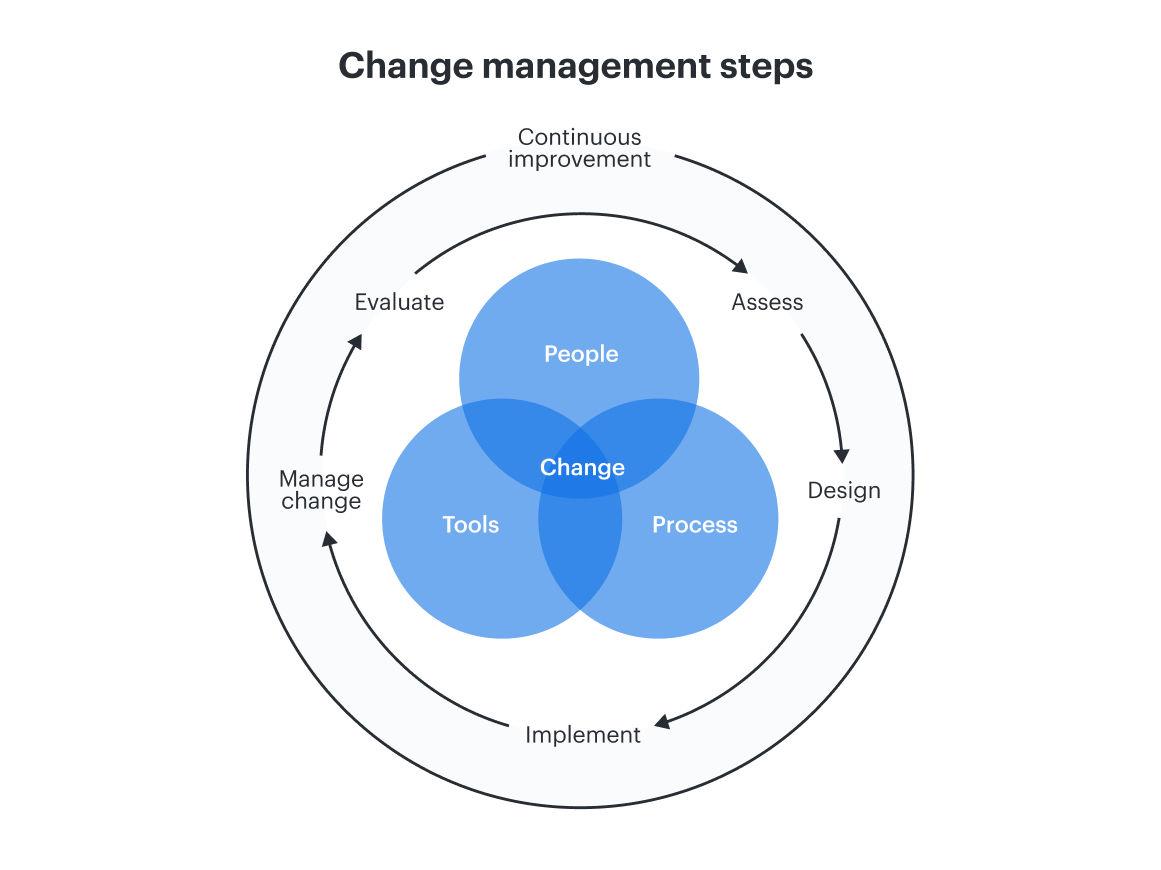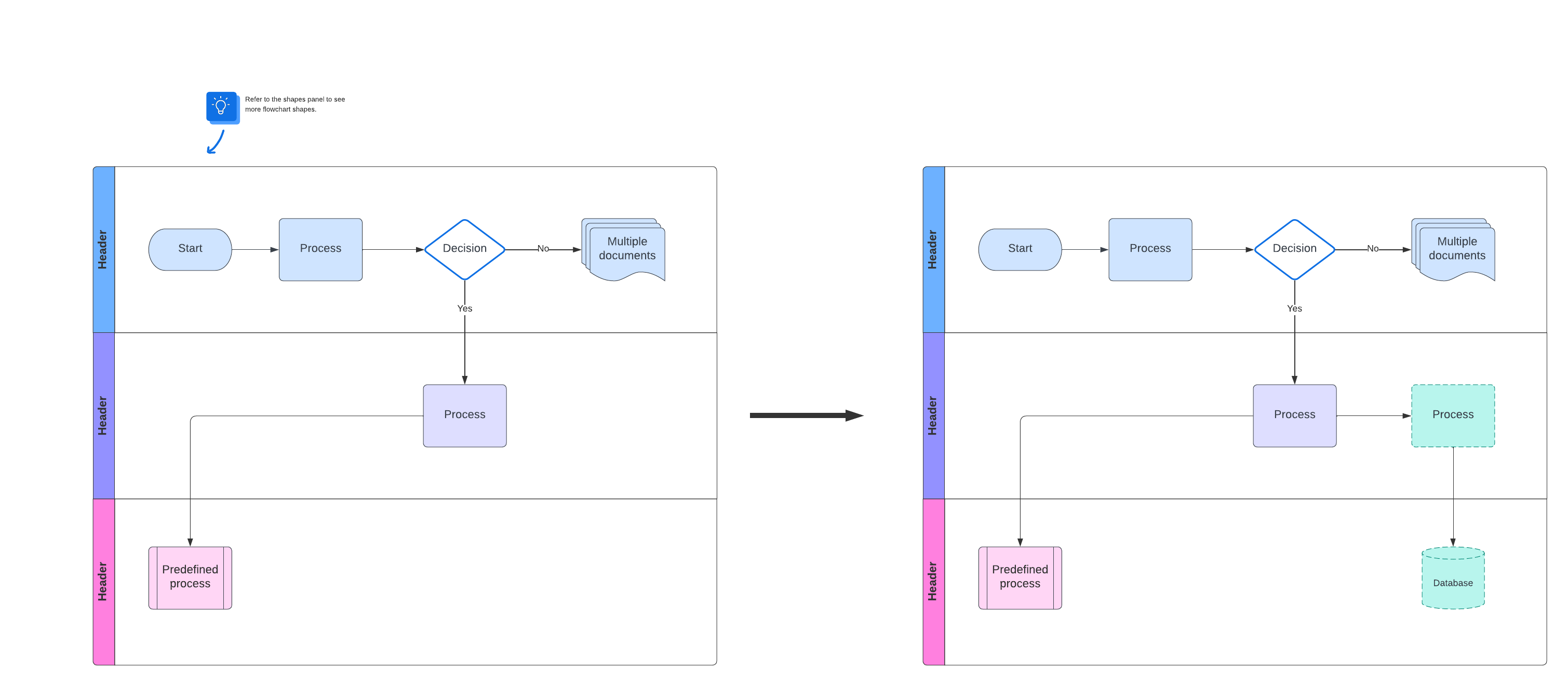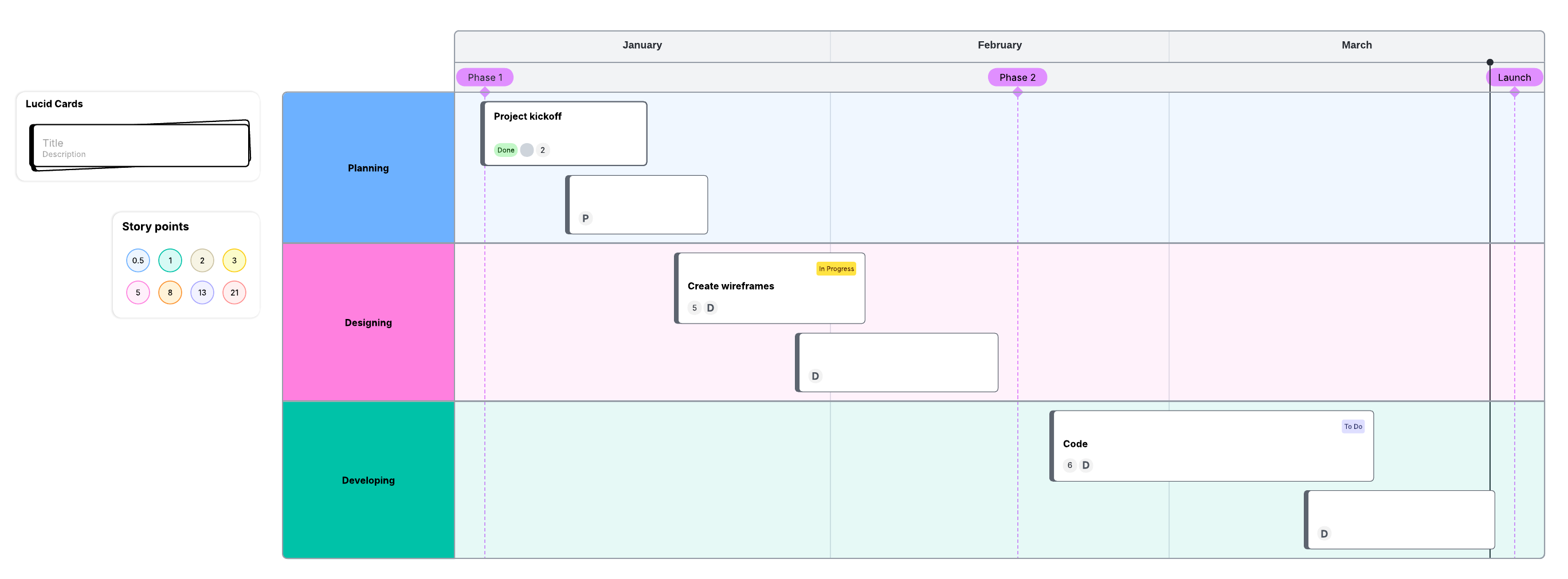
What is change management, and why is it a necessity for organizations today?
Reading time: about 6 min
Topics:
Only 12% of business transformations achieve their original ambition. Why? Because changing human behavior is hard.
Newton’s first law of motion dictates that a body at rest will remain at rest (or at least in its uniform motion) unless directly acted upon by another force. You could speculate that change management would have fit right into Sir Isaac Newton’s wheelhouse if he were in an organizational leadership position today.
So, what is change management?
Simply put, change management is the process of strategically planning, guiding, and implementing change within a group or organization.
Change management faces an uphill battle against inertia as well as a lot of moving parts—including processes, tools, techniques, and more—that can get away from an organization if they’re not orchestrated correctly. Regardless of the change management model a company has decided to use, the common denominator between all of them is people.
Successful change management requires frequent and clear communication between an organization and its people. Thus, an essential part of organizational change management is not only managing all the moving parts but also understanding how people process change and communicating about that change accordingly.
Disruption has become a buzzword of late when it comes to start-ups and companies shaking up the status quo, but the focus of change management is to minimize disruption when a company undergoes a shift, whether the changes be large or small.
Types of change management
According to Harvard Business Review, most types of change management efforts in business will range anywhere from smaller, adaptive changes (like improving an existing process) to large-scale transformational change (such as overhauls of a business’s strategy or structure).
A few common types of changes organizations face today revolve around digital transformation, process transformation or optimization, organizational restructuring, implementing new technology (such as AI), adapting to hybrid work models, or mergers and acquisitions.
Some of the key areas change management addresses are:
- Strategy and vision
- Systems and tools
- Processes
- Company structure
- Job roles

Curious about what types of change management models we recommend?
Check out the listBenefits of change management
So why is successful organizational change management important?
Change management can separate organizations that deliver value quickly and continuously from those that fall behind their competitors. Here are some of the top benefits of change management:
-
Increased agility and innovation: Change management allows organizations to respond rapidly to market shifts, such as changing customer preferences or emerging new technologies like AI.
-
Higher productivity: An effective change management approach ensures that the entire organization is aligned on not only what is changing in the organization but also how it will change. With clear plans in place, teams know how to focus their time on the highest-impact work.
-
Improved employee morale: Because change management focuses on employee communication and feedback throughout the process, individuals at organizations that prioritize change management are more likely to be engaged and excited about the transition.
Challenges of change management
Change management is, by nature, highly complex. A company’s structure is like a spider web: Tug on one tiny corner, and vibrations are sent throughout the entire web. Every piece, every team, and every person in a company affects each other. It makes sense, then, that coordinating successful change isn’t easy.
Some of the greatest challenges to effective change management include:
-
Managing change fatigue: With return-to-office mandates, AI advancements, and other changing conditions, the modern workforce has been in a state of near-constant flux over the past few years. 77% of HR leaders report that organizational changes have recently led to burnout, indicating that leaders will have to be intentional in how they manage change fatigue.
-
Communicating the changes: Getting teams across the business to buy in on the change requires more than a single company-wide email. You may also need to communicate the change in several org-wide channels, such as all-hands meetings, and provide clear and accessible documentation regarding goals and timelines.
-
Implementing the changes: Planning what needs to change across the business—whether that’s processes or organizational structure—takes a great deal of coordination. To ensure the changes are successfully implemented, you’ll need to be sure it’s clear when the changes are needed by and who is responsible for what aspects of the change.

Spiders build their webs the way they do because they want to immediately know what’s coming. People are no different. As humans, we are naturally opposed to and hard-wired against change.
5 steps of organizational change management
When changes are on the horizon for your organization, you can prepare for them in a few ways. The basic stages of change management include:
- Assess
- Design
- Implement
- Manage
- Evaluate

While the details of each of these steps may look different for each company, they help outline an organizational plan of attack. To keep the assessment stage from becoming too overwhelming, you can create your own change management checklist of questions to ask, such as:
- Why is this change happening?
- What is the proposed timeline?
- What are our key challenges?
- How do we communicate this change?
- What does our roadmap look like?
A separate set of questions for each of the steps above can help an unwieldy undertaking suddenly seem manageable.
"One of the most impactful things for leaders is to develop their case for change, paint a vivid picture for their teams, and get everyone to rally around it. That’s what makes change compelling.”
—Jeff Rosenbaugh, senior director of professional services, Lucid
Transparency is essential to change management
One of the greatest enemies of change is fear. No one likes being left in the dark, and uncertainty about an impending change can spread quickly throughout an organization. The antidote to fear is timely, correct information. Keep teams and individuals informed throughout every stage of a large-scale change implementation.
Here are a few key elements you’ll want to keep transparent throughout your change management strategy:
Strategic vision
You may know why you are implementing the change, but does the rest of the organization? You can help teams get on board with the change by making the goals and benefits transparent (including what issues the change addresses or new opportunities the change presents).

Current and future state maps
You can build process maps in Lucid to outline each step of the implementation so all employees have a clear understanding of what will take place and when. In addition, if the change involves modifying an existing process, you can use Lucid to show both the current process and the new process to help employees understand the benefits of the change.

Project plans
You can build trust with teams and ensure a smooth transition by keeping key milestones, dependencies, and plans visible throughout the change process. In Lucid, you can sync your visual project plans with task management software like Jira, Asana, or Smartsheet to keep teams aligned as plans progress.

Your people are the key to successful change management
Yes, change can be hard. But change is natural, and more importantly, change is crucial for an organization to grow. Strong leadership combined with clear communication works as a catalyst for change at the individual level. When teams have an informed and accurate understanding of what changes are happening and their impact, they can become proponents of those changes—and that’s the kind of momentum any organization can benefit from.

Change management guide
Get the full step-by-step expert guide to change management for the modern-day workforce.
Get the guideAbout Lucid
Lucid Software is the leader in visual collaboration and work acceleration, helping teams see and build the future by turning ideas into reality. Its products include the Lucid Visual Collaboration Suite (Lucidchart and Lucidspark) and airfocus. The Lucid Visual Collaboration Suite, combined with powerful accelerators for business agility, cloud, and process transformation, empowers organizations to streamline work, foster alignment, and drive business transformation at scale. airfocus, an AI-powered product management and roadmapping platform, extends these capabilities by helping teams prioritize work, define product strategy, and align execution with business goals. The most used work acceleration platform by the Fortune 500, Lucid's solutions are trusted by more than 100 million users across enterprises worldwide, including Google, GE, and NBC Universal. Lucid partners with leaders such as Google, Atlassian, and Microsoft, and has received numerous awards for its products, growth, and workplace culture.
Related articles
3 ways leaders can use visuals as a catalyst for change
Agile leadership expert Pete Behrens shares insights on how leaders can use visuals to effectively lead their organizations through change.
3 steps to aligning executives for effective change management
Learn how to conquer change management by establishing executive alignment first in this guest blog post by ExperiencePoint.
3 Agile change management tips: Leading through transformation
In this blog post, we share three change management tips that leaders can champion for successful agile transformation.
5 organizational change management strategies for a modern workforce
Organizational change management is complex. Learn from Lucid’s experts on how to pull off a company-wide shift.
